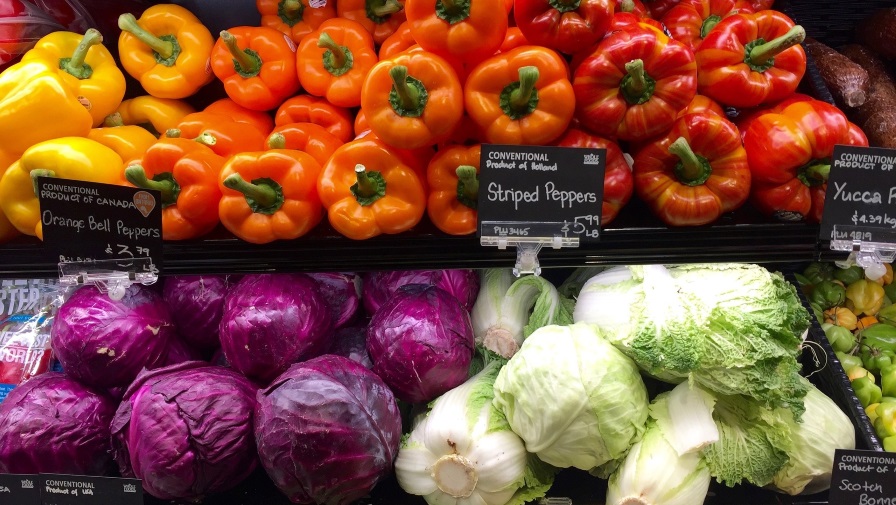Labor Costs Have Growers Eyeing Options
California state lawmakers recently approved a plan that will raise the minimum wage to $15 per hour by 2022.
This decision follows recent wage hikes that have already increased the minimum wage by 25% since July 2014. These wage increases have come at a time when prices paid for wine and raisin grapes in the San Joaquin Valley (SJV) have been flat, or even decreased.
Labor accounts for a substantial fraction of the production costs of most fruits, including grapes, so wage increases may increase production costs and reduce profitability. To minimize production cost increases, grape growers in the SJV must continue to implement practices that reduce labor needs and improve productivity.
Mechanization Motivation
Manual harvest is particularly laborious, and thus was among the first tasks to be mechanized in wine and raisin grapes. Since the 1960s, when commercial grape harvesters first came into use, harvest machines and winegrape training and trellis systems have been steadily refined to facilitate mechanical harvest, and now it is estimated that as much as 85% of California’s winegrapes may be machine-harvested.
Not all raisin grape vineyards are well suited to mechanical harvest, and those that are require special production practices and/or new grape vine varieties to optimize mechanization.
Therefore, machine harvest has not been as widely adopted in raisin grapes as in winegrapes but, even so, perhaps 50% of California’s raisin crop may eventually allow for mechanized picking of whole clusters, and the use of certain plant growth regulators could possibly allow machine picking of individual table grapes.
Machine-Pruned Vines
After harvest, pruning is the next most laborious viticultural practice. Mechanical pruning equipment has also been available for decades, and is well suited for spur-pruned varieties. Therefore, many winegrape growers use machines for pre-pruning, and some prune their vines entirely by machine.
Most raisin grape varieties are cane-pruned, a practice that is much harder to mechanize than spur-pruning. Therefore, raisin grapes are generally manually pruned.
Table grapes, even spur-pruned varieties, are also mostly hand-pruned, though I have recently seen a table grape vineyard being pre-pruned by machine. If this method proves successful, other table grape growers are likely to adopt it.
Machine-pruned vines are prone to overcropping since they typically retain more nodes than hand-pruned vines. That’s why it’s common to use a machine to pre-prune wine grapes, and a labor crew to finish the job.
A less laborious option would be to prune entirely by machine and follow up with another machine in the spring to shoot-thin. So far this practice has not been widely adopted, but research has shown that it is a viable option.
Mechanical Leafing, Suckering
Leafing is another potentially beneficial canopy management practice that can be done mechanically, and is increasingly being implemented to improve the quality of some winegrape varieties.
Sucker removal can also be done by machine. Further labor savings may be gained by coming innovations in mechanization, including driverless smart sprayers.
Productivity can also be increased by improving management precision. Developing tools that grape growers can use to better implement precision management practices is the focus of a new multi-institution research project, including faculty from Carnegie Mellon, Cornell, and the University of California, Davis, and supported by a Specialty Crops Research Initiative grant.
The project seeks to develop real time imaging sensor technology to estimate crop load and assess canopy characteristics.
These data could be used to apply differential management techniques to improve crop yield, quality, uniformity, and to better manage labor.










